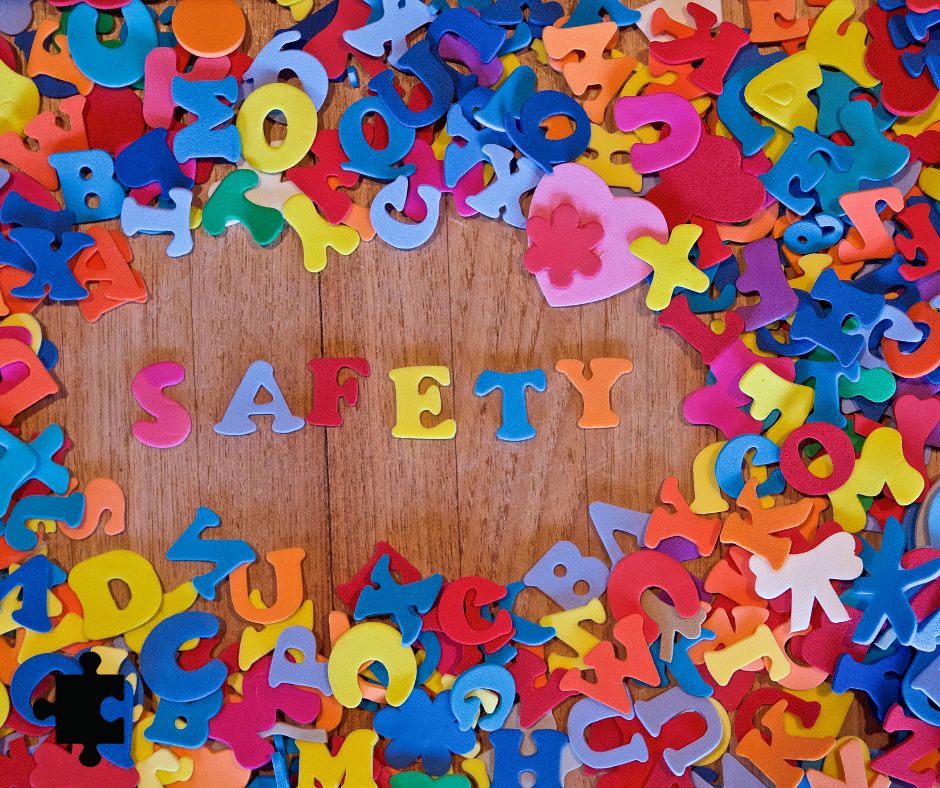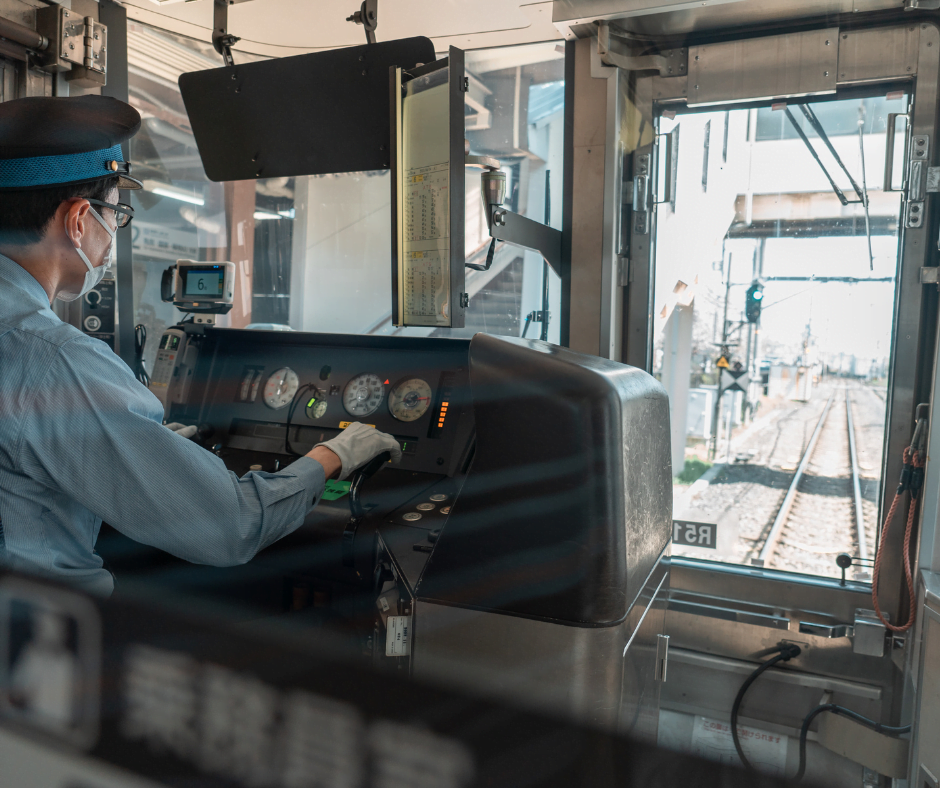
International Safe Places to Work Day
International Safe Places to Work Day is coming on July 24th. This is an annual event dedicated to celebrating organisations and individuals that eliminate fear
Lite with added extras
Includes ISO 9001 compliant document and asset management
Enterprise compliance
Everything you need in one fully integrated and configurable package
Our suite ISO Auditing modules and mobile apps, help businesses and organisations achieve compliance with ISO Standards.
Achieve ISO Certifications for your organisation, using our fully integrated ISO Auditing platform.
Health and Safety Software » Health and Safety » Health and Safety as a Public Transport Operator

It is essential to ensure that as a service provider, you check and regulate any possible health and safety concerns, such as making sure that surfaces are sanitary, and passengers are briefed on the safety procedures in case of emergency. You can find below some tips below for keeping you, and your passengers, safe.
– Regular cleaning and disinfection. This includes frequently touched surfaces like handrails, seats, and door handles.
– Ventilation and air circulation: Proper ventilation is crucial on public transport to ensure the circulation of fresh air. Operators should maintain and optimise ventilation systems, including opening windows when possible.
– Hand hygiene: Encouraging passengers to practise good hand hygiene is important. Public transport operators can provide hand sanitisers at entrances/exits and onboard or promote the use of personal hand sanitisers.
– Physical distancing: Where possible, maintaining physical distance between passengers should be encouraged. Operators can mark seating areas or provide visual cues to guide passengers in maintaining distance while waiting or boarding vehicles.
– Contactless payment to minimise physical contact.
– Communication and awareness: Public transport authorities should communicate health and safety guidelines clearly to passengers through various channels. These can include signage, public announcements, social media, and websites.
– Staff training and protection: Public transport operators should provide appropriate training to staff regarding health and safety protocols, including cleaning procedures, handling potentially infectious situations, and interacting with passengers. Staff should also be provided with personal protective equipment (PPE) if necessary.
By following these tips, as a public transport operator, you can reduce the risk of disease, illness, and even death, ensuring all passengers are safe and satisfied to travel again.
iProtectU allows a user to create, edit and document a risk assessment regarding public transport.
iProtectU brings together the key resources and knowledge of three companies specialising in EHS software development, health and safety, business intelligence and data analytics.
Our vision is to provide fully integrated, cost effective and simple to use health and safety software tools that enable our clients to engage their entire team.
Arrange your demonstration
Let us show you how we can transform your compliance management
Choose a date and time for your demo (no obligation) and we will be in touch.

International Safe Places to Work Day is coming on July 24th. This is an annual event dedicated to celebrating organisations and individuals that eliminate fear

The Worker Protection Act is coming into effect for UK workplaces on October 27th, 2024. The Act’s objective is to encourage employers to be more

Workers spend a large portion of their day inside an office building, and the indoor air quality (IAQ) within the work environment has a direct